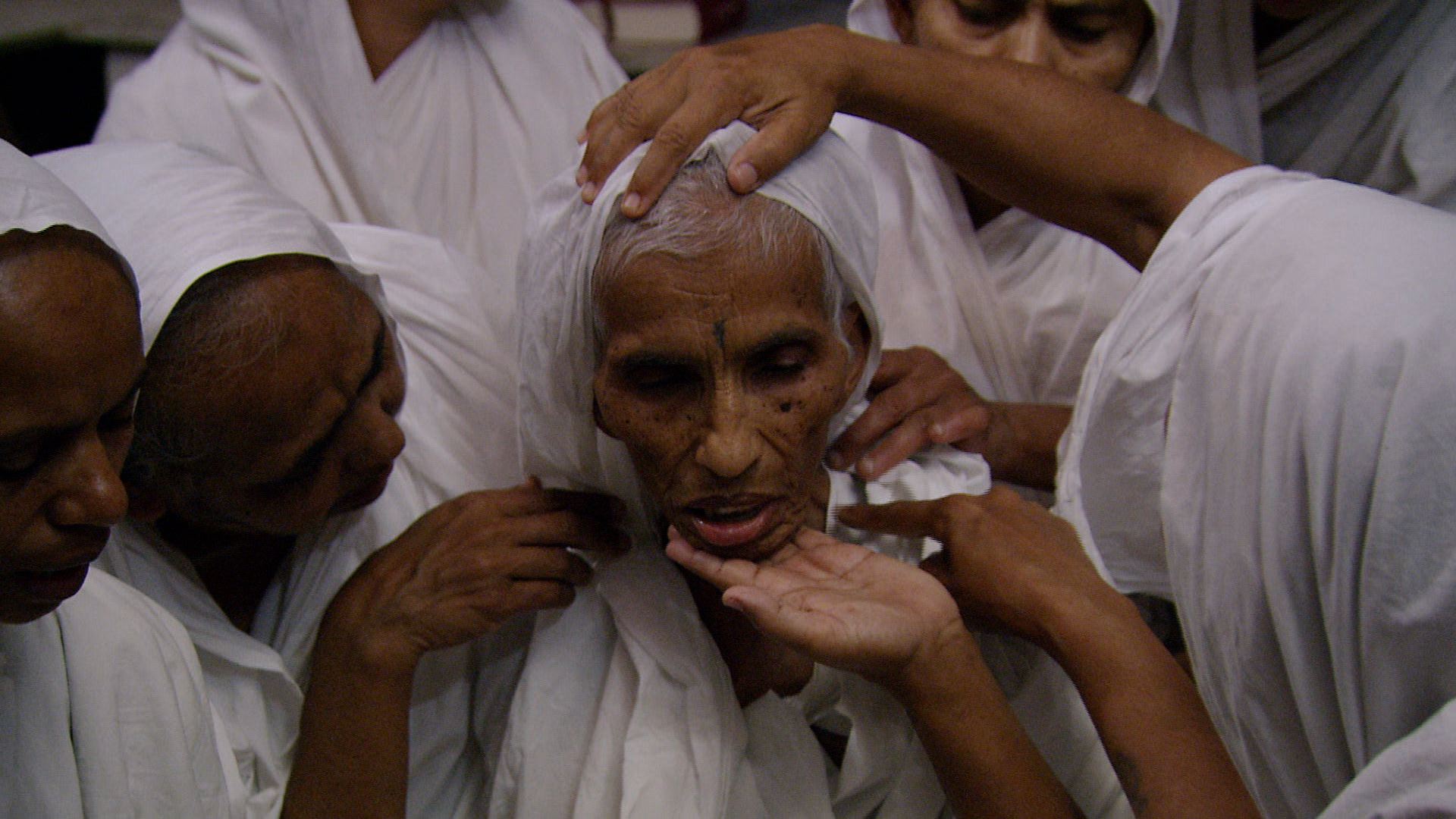Santhara or Sallekhana is a religious ritual in Jainism. The ways in which the ritual is being interpreted has given a rise to legal questions in India. The documentary “Religious Suicide and the Limits of Indian Secularism” directed by Shekhar Hattangadi, an Indian law professor and filmmaker residing in Mumbai, India who captures this legal debate. Hattangadi shows the obstacle the Indian court faces in maintaining a balance between preserving religious freedom and preventing the misuse of Santhara for non-religious purposes. On 28 October 2016, I had the pleasure of attending the screening of this documentary at the Media Commons Theatre, University of Toronto. Sponsored by the Centre for South Asian Studies and co-sponsored by the Asian Institute at the Munk School of Global Affairs, the screening was followed by a talk by Hattangadi and a Q&A session after.
Santhara involves an individual nearing death rejecting food and water. It is an extreme form of a fast. The goal of Santhara is to cleanse oneself and reach the highest state of purification before reaching death. The documentary presents the debate that has formed regarding this ritual. Critics of the ritual object that Santhara can be employed as a method of committing suicide under religious pretext. One of those critic is a lawyer named Madhav Mishra. Mishra indicates that allowing a frail individual to commit Santhara is equivalent to allowing them to commit suicide. He points out that this is contrary to Section 309 of the Indian Penal Code, which promotes the right to live – rather than the right to die. The critics also object that Santhara is becoming a practice of coercing the sick and elderly to die – as they become an economic burden on the family. However, supporters of Santhara argue that imposing a ban on Santhara will also be contrary to the Constitution of India, which promotes the freedom of religion. The documentary features Dr. Sohan Lal Gandhi, a spokesperson and panelist whose work involves promoting non-violence and peace. He differentiates between Santhara and suicide. He remarks that those who choose to die through Santhara have chosen death because they believe they have reached fulfilment. Suicide, by contrast, is not an act of fulfillment. One commits suicide because they feel despair. The documentary ends with the verdict given by the Jaipur Bench of the Rajasthan High Court in August 2015: It ruled that Santhara will be legally treated as suicide, and thus, it will be banned.
Following the screening, Hattangadi led a short, thought-provoking discussion. He acknowledged that this is a nervous time for religious orthodoxy. According to Hattangadi, the critical question is, “how does a faith-based society like India deal with traditional and religious perceptions, while maintaining its progression towards modernism?” Hattangadi ended the talk by highlighting the complex task the Indian judiciary currently faces: determining when the practice of Santhara is a case of suicide, and when it is purely religious.
In the Q&A period, Hattangadi was asked how one can make the distinction between a suicidal and a non-suicidal approach to Santhara. He replied that there are different definitions to suicide, which makes it even more difficult for the judicial system to make decisions regarding Santhara. He also added that while conducting research in India, he realized that while about 200 acts of Santhara occur annually, only about 12 of them are reported and conducted without any or minimal family attention. All other practices of Santhara involve the elderly and sick individuals with terminal illness to be coerced or persuaded to adopt Santhara by their families. The Q&A period also initiated an active debate among the audience. One audience member felt that government action was necessary because a lack of intervention could allow for the misuse of religious practices to fulfil unreligious, ulterior motives. Another audience member felt an individual should have the right and freedom to practice their religion in whatever way they desire. This debate resonated with Hattangadi’s final take-home message: Indian society today faces a huge challenge in establishing a balance between religious orthodoxy and a growing secularist attitude that has emerged over time.
Tashnim Jerin is a student at the University of Toronto Scarborough, pursuing a major in public policy and minors in public law and history.








